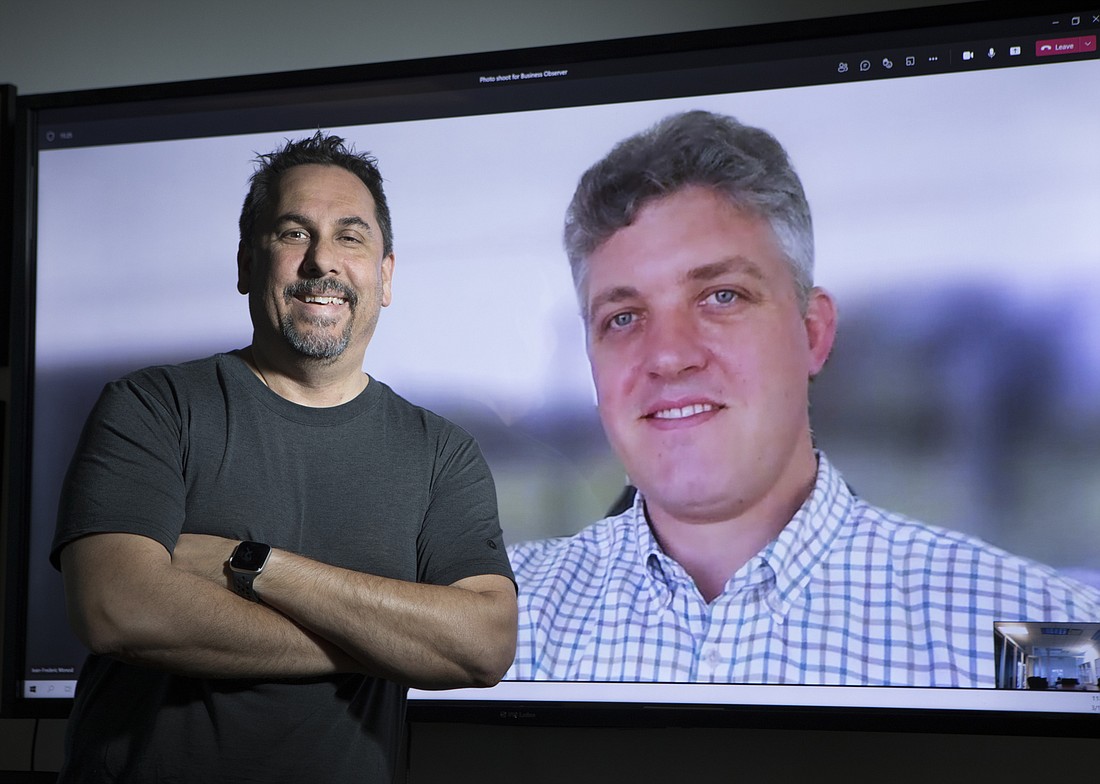- December 4, 2025
-
-
Loading

Loading

Carbon Design & Architecture principals Sean Williams and Jean-Frederic Monod thought they had the next big thing on their hands when they created Digital Punch, a virtual reality program that allows developers and builders to see and fix project design flaws before a single shovelful of dirt is moved. It was meant to make punch lists — documents that detail work that doesn’t confirm to design specifications and must be fixed before final payment is rendered — a thing of the past.